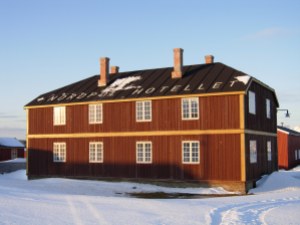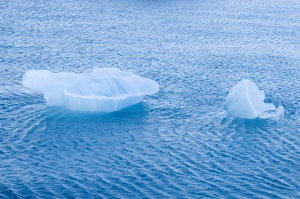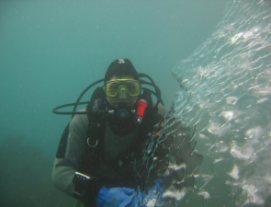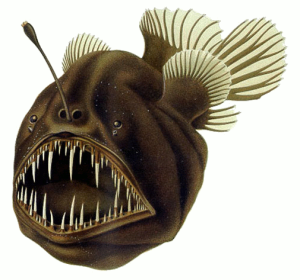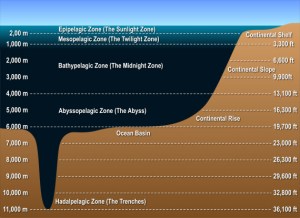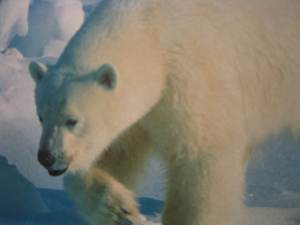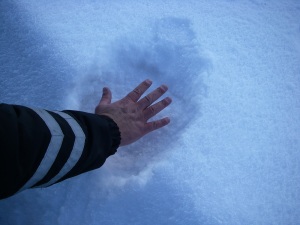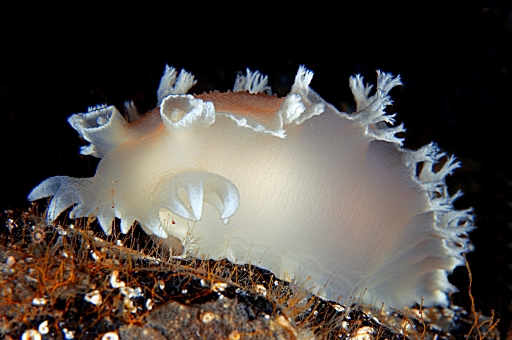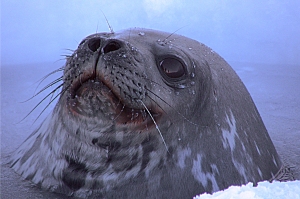It is an ageless story, mothers banding together to protect their young from instinctive killers. The fact that it was a battle between behemoth Gray Whales and Killer Whales (Orcas) made it all the more epic in scope, and worthy of the telling.
A fellow scientist and I had driven south early one springtime morning from Anchorage, Alaska to Seward. At 11 AM our glacier view cruise boat left the docks at Seward and headed for the glacier fields at the Kenai Fjords National Park where the glaciers sliding slowly down from the mountains calved into the Gulf of Alaska.

From there we motored on until we were attracted to a near-shore area by the blowing of water and foam from a group of migrating Gray Whales. The rapid pace of their exhalation was a sure sign that something was wrong. We had stumbled upon a battle involving another type of calf just as the combatants were taking their positions on the battlefield.
A female Gray whale weighing between 30 to 40 tons had birthed her baby during the winter in Baja California and now the mother, quickly growing baby, and two female caretakers (often called “aunties”) were almost through with their migration to the Bering Sea. But as they swam beyond Prince William Sound, not far from their final destination, they were attacked by two adolescent transient Orcas who wanted that baby whale.
Our boat stopped far enough from the battle to not hinder the fight, but close enough for us to witness the events. Our biologist guide warned us that if we had a weak stomach we might not want to watch because often times the Orcas succeed in killing the baby Gray.
I don’t think anyone on the boat averted their eyes as the three massive females arranged themselves head to tail into a triangular defensive formation, with the baby in the middle. There was no way for the Orcas to get past the females on or near the surface, so they made repeated dives trying to enter the center of the triangle from underneath and attack the baby. But with each dive, the wily Grays maneuvered to block the Orcas.
The Orcas were nothing if not persistent. Perhaps sensing that, the whales started moving closer to a rock cliff face, and then they did something clever, but potentially risky. There was an opening in the rock wall and the baby whale had been nudged into that opening. One whale, probably the mother, was completely blocking that opening with her body. The Orcas tried repeatedly to find a way past her to the baby, but between the blocking action of the other two Grays and the blubbery plug of the cave entrance by the mother, there was nothing the Orcas could do.
We of course saw the riskiness of that defense. It looked to us like the baby was trapped underwater. Even a whale has to breathe sometime.

But as I look at the photo I realize now that the cave was tall enough and just deep enough to allow the baby to breathe even with water access cut off. Obviously, the Gray Whale mother had made good use of her 4.3 kg brain. Nevertheless, from our elevated vantage point we could see over the mother whale, and we saw that the baby remained submerged. I’m guessing it was wedging itself in as tightly as it could. The anxiety on our boat grew perceptively as the minutes ticked down with us knowing the baby was holding its breath.
The tactic worked, for the Orcas eventually tired of the game, and after making one or two leaps out of the water they moved away from the whales and headed north toward seal colonies we passed on the way south. The seals would be easier pickings than those highly protective Gray Whales.
There was jubilation on our boat. I think we’d all been holding our breath like the baby, at least a little.
When the coast was clear, literally, the Grays moved back into the open water near where the battle had begun and caught their breath, heaving great geysers of watery air as they panted. They had obviously been very stressed, but their cleverness and strategic cooperation saved the day, or at least the moment.
Things could have been different, both better and worse. Local Orcas were so-called residents who don’t attack Gray Whales. Residents tend to be fish eaters. Fortunately for the Gray baby, the more lethal transients were not as experienced with the local geography. They were also adolescents, not as experienced as adults, and there were only two of them. A pack of them, with adolescents being guided by adults, might have been more succesful. Transient Orcas, genetically different from Residents are reported to kill a third of the baby Gray Whale population each year.
Interestingly, the Grays seem to know where transient Orca populations are the most active, and in those regions they tend to stay close to shore. In this case that strategy paid off by allowing the baby to be protected by a rock wall and its mother.
On the boat we celebrated all the way back to Seward; we had witnessed a frightening conflict with, for us and the whales, a happy ending.
To learn more about Orcas attacking mother Gray Whales and their calves, see the excellent photos and story at the following website. http://creagrus.home.montereybay.com/MtyBayOrcaattack.html





